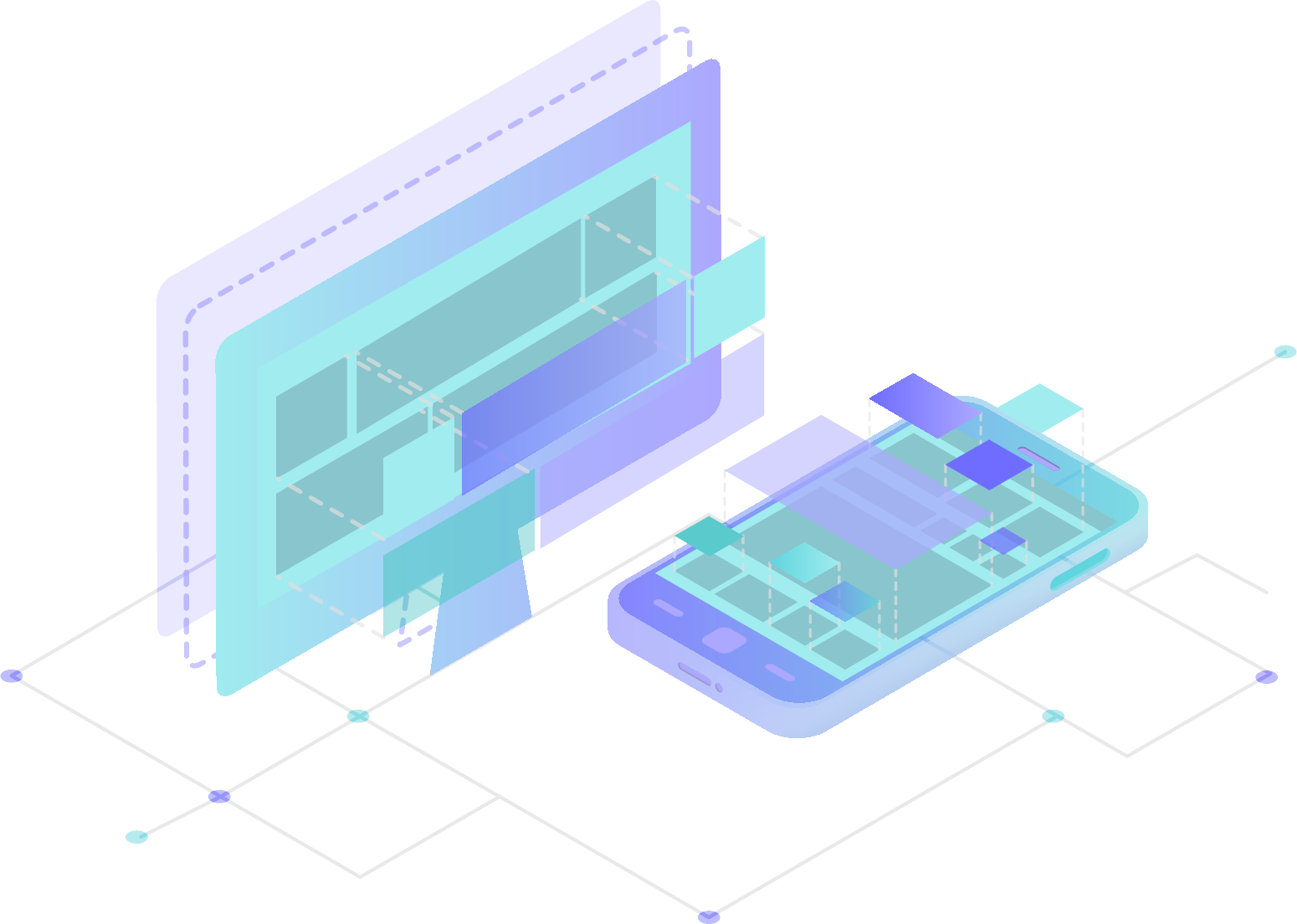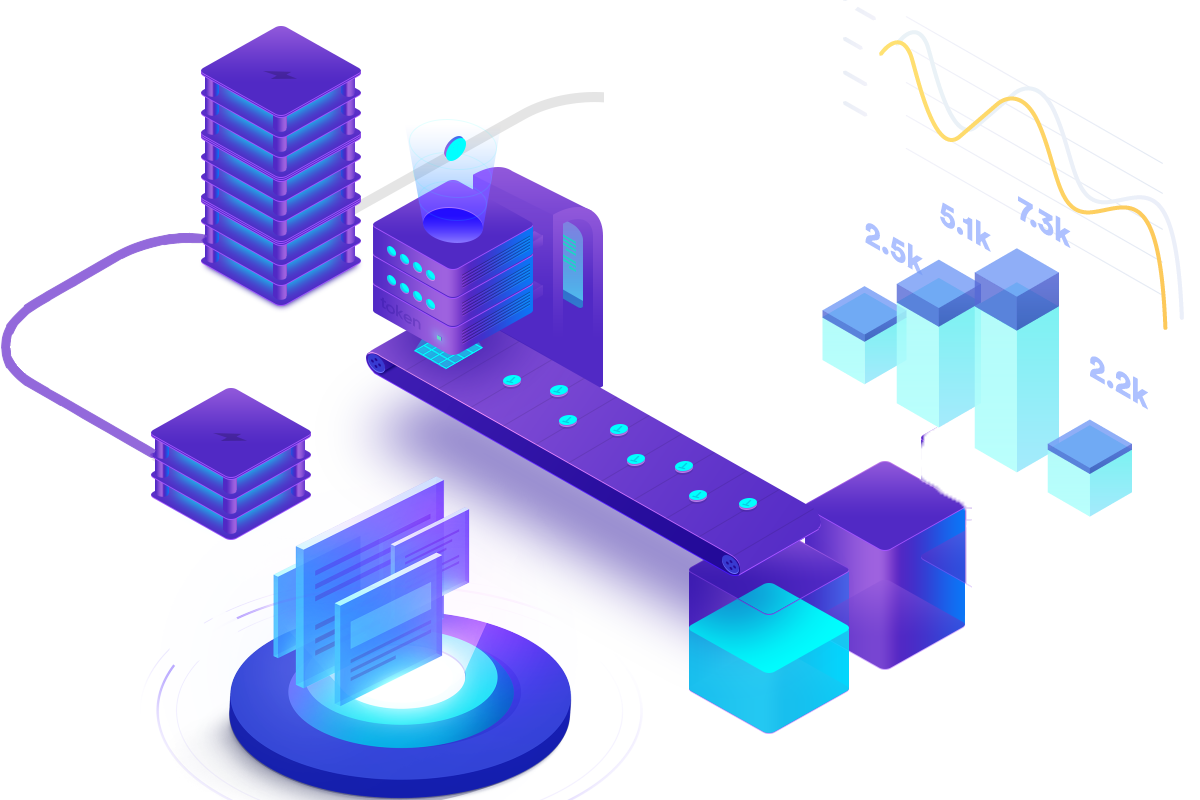The Future of Decentralized Cryptocurrency Exchanges
Bee Trade Finance (BTF) is a decentralised cryptocurrency exchange with a centralised orderbook that allows multiple trades to be processed simultaneously by the system, without having to wait for all nodes to confirm each transaction individually.
Token Features
$BTF has a lot of features that ensure the value is not abused, as it was designed for multiple functions.
Bee Trade Finance
Web3.0
Web3.0 is the third generation of web technology, where services will run on the blockchain. It is intended to be a decentralized version of the online world, where data is distributed across networks, and no single entity can claim..
Certik
Founded in 2018 by professors of Columbia and Yale, CertiK is a pioneer in blockchain security, utilizing best-in-class Formal Verification and AI technology to secure and monitor blockchains, smart contracts, and Web3 apps.
Our Roadmap
The team of Bee Trade Finance Network have come up with a well defined to roadmap to ensure the success of this project.
- Bee Trade Finance Concept & Blockchain Development
- Bee Trade Website Launch & release of First White Paper
- Security Audit by Certik
- Engagement with BlockSol LLC for Project Structuring
- Year-In Review Development of Native Bee Trade Blockchain Platform - Closed Alpha Testing - Market Makers Can Integrate and Test
- Signed Agreements with BlockSol LLC as Chief Advisor for Bee Trade Finance
- Business Set Up - Business Legal Structure Formation - Team Formation - BTF DEX Main Net testing - Promotion in Blockchain and Crypto Events
- Bee Trade DEX Live – Public-beta launch of Bee Trade Finance. $BTF Token Listing on Major Exchanges. Release of BTF Blockchain White Paper and Website
- BTF Token Sale to Create BTF Governance Fund. BTF Blockchain DAO Launch – On-chain Voting Mechanism Based on BTF Governance
- Launch of Bee Trade Finance Native Blockchain
This is the heading
How does it work?
The architecture is built on a peer-to-peer network, which means that each node functions as a counterpart to every other node in the system.
However, all trades will be processed by a central server; users who want to trade on our platform must deposit their cryptocurrency with us in advance (this ensures that we have reserves for them).

Bee Trade Finance Order book Introduction

The traders on traditional centralised exchanges who enjoy the speed of transactions and easy navigation but have to accept risks and give away control of their assets by putting a lot of trust in a centralized operator
The traders on decentralized exchange platforms who limit the risks of losing their funds by trusting the code but have to put up with troubled UX, limited functionality and technology-specific issues.
Comparing to Other Blockchains
| Transactional Throughput | Bitcoin | Ethereum | Polkadot | Avalanche |
| 7 tps | 14 tps | 1,500 tps | > 4,500 tps | |
| Transactional Finality | 60 min | 6 min | 60 sec | <2 sec |
| Energy Efficient | No ASIC-Optimal | No; CPU-Optimal | Yes; CPU-Optimal | Yes; CPU-Optimal |
| Number of Validators | 3 Pools w/>51% hash rate | 2 Pools w/>51% hash rate | <200 nodes relay chain | Thousands of Nodes |
| Sybil Protection | Proof of Work | Proof of Work | Proof of Stake | Proof of Stake |
| Safety Threshold | 51% | 51% | 33% | 80% Parameterized |
Tokenomics
Our Team spent months trying to find the right token structure / distribution which will make sure that this project is a success. we have come up with the following tokenomics:
Project Development and Partnership : 11%
Locked (18 Months) : 10%
Charity :3%
Airdrop :1%
Burning : 30%
Liquidity: 36%
Team : 9%
Token Information

Token Features
Why do we need a decentralized exchange

Currently, all crypto exchanges are centralized, meaning that one party is in control of a centralised orderbook.
As a result, all transactions must be processed by these central points; if there are too many transactions at once, each must wait for confirmation from every other node before being processed by an individual exchange.
At best, transactions can take minutes to complete. At worst, transactions might not even go through at all.
By moving towards a decentralized solution like our own, we can process multiple trades simultaneously without having to worry about consensus across nodes slowing down or stopping processing altogether.
In turn, users will see faster and more reliable transaction times—the whole ecosystem benefits from increased volume due to decreased waiting times.
How is this different from other DEXs out there?
Unlike many other projects aiming to create decentralised cryptocurrency exchanges, we allow users to perform trades directly from their wallets.
We have developed an API that allows users to make bids and offers directly from their address.
This API allows for trades to be conducted off-chain by matching buyers and sellers, rather than on-chain with each trade requiring individual confirmation by every node in our network.
Our hybrid system of both on-chain and off-chain transactions results in zero confirmation times for all pending orders, allowing our customers to receive immediate feedback about whether or not their offer was accepted.


